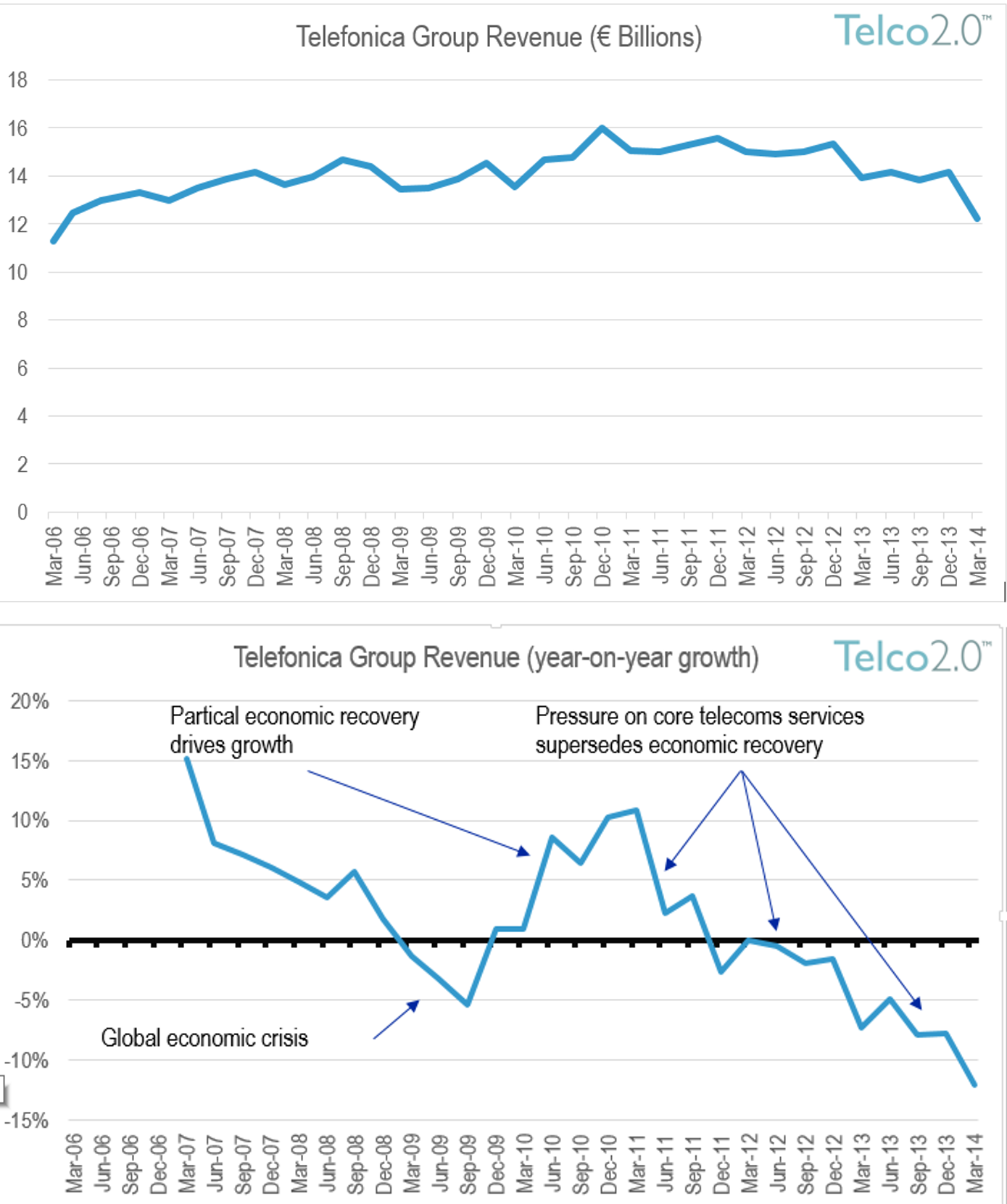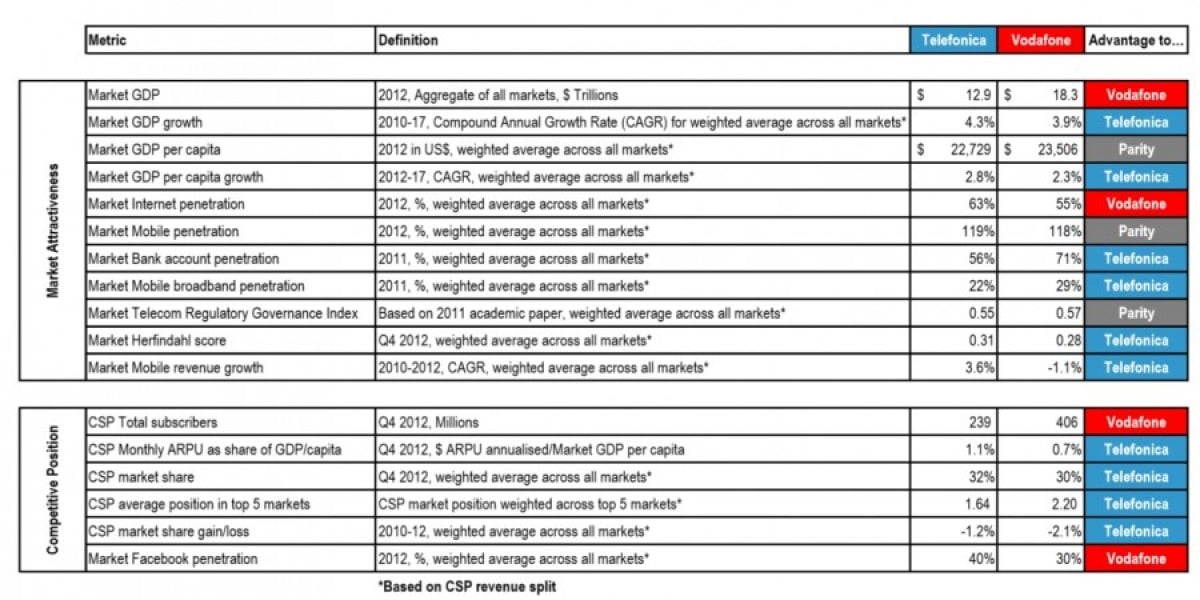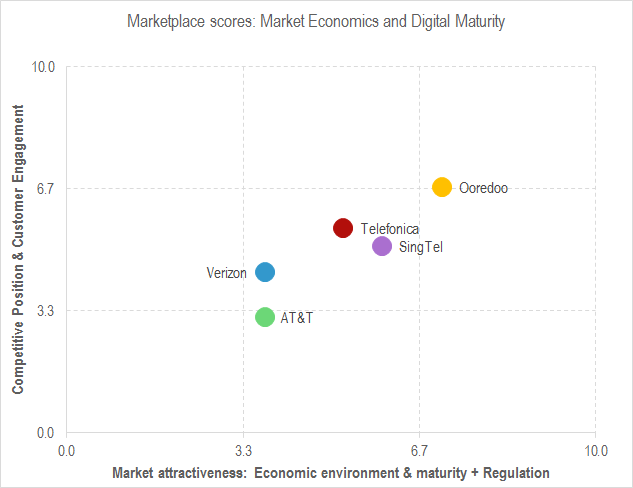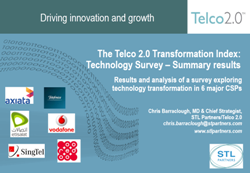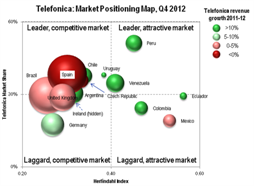Telco Cloud Deployment Tracker Q3 2023: When will the pace pick up?
The industry is still on track to deliver 5G Standalone and various types of virtualised RAN – but progress is a lot slower than originally expected. In this update of the Telco Cloud Deployment Tracker, we look beneath the hood of the numbers to assess what if anything will accelerate growth in 2024.


